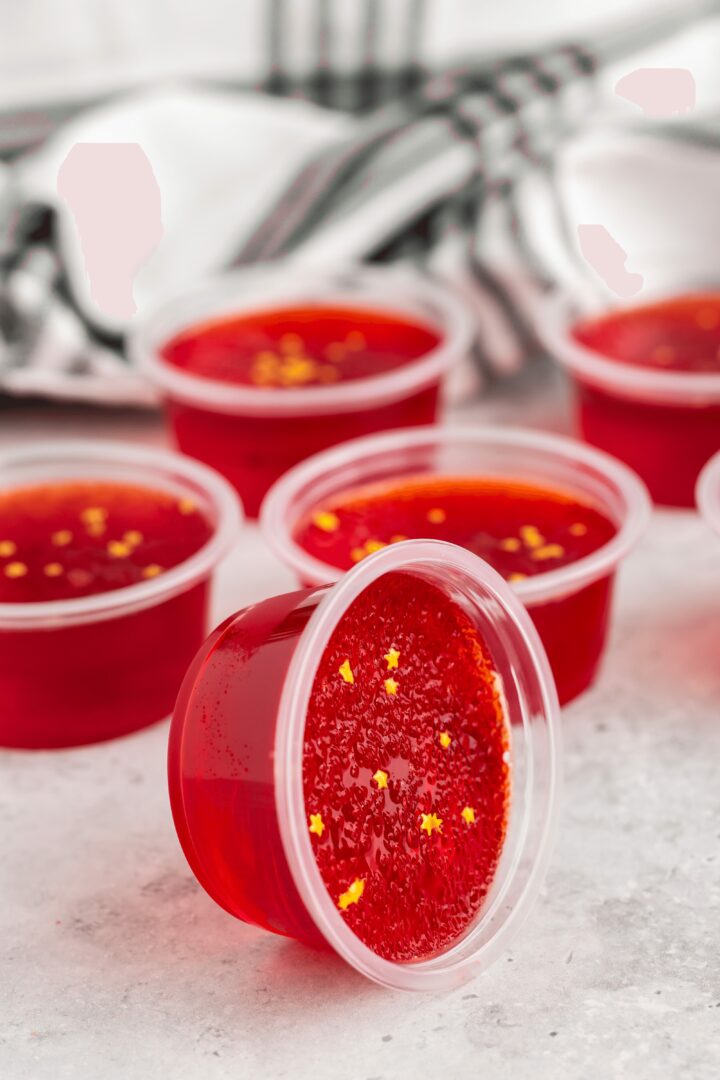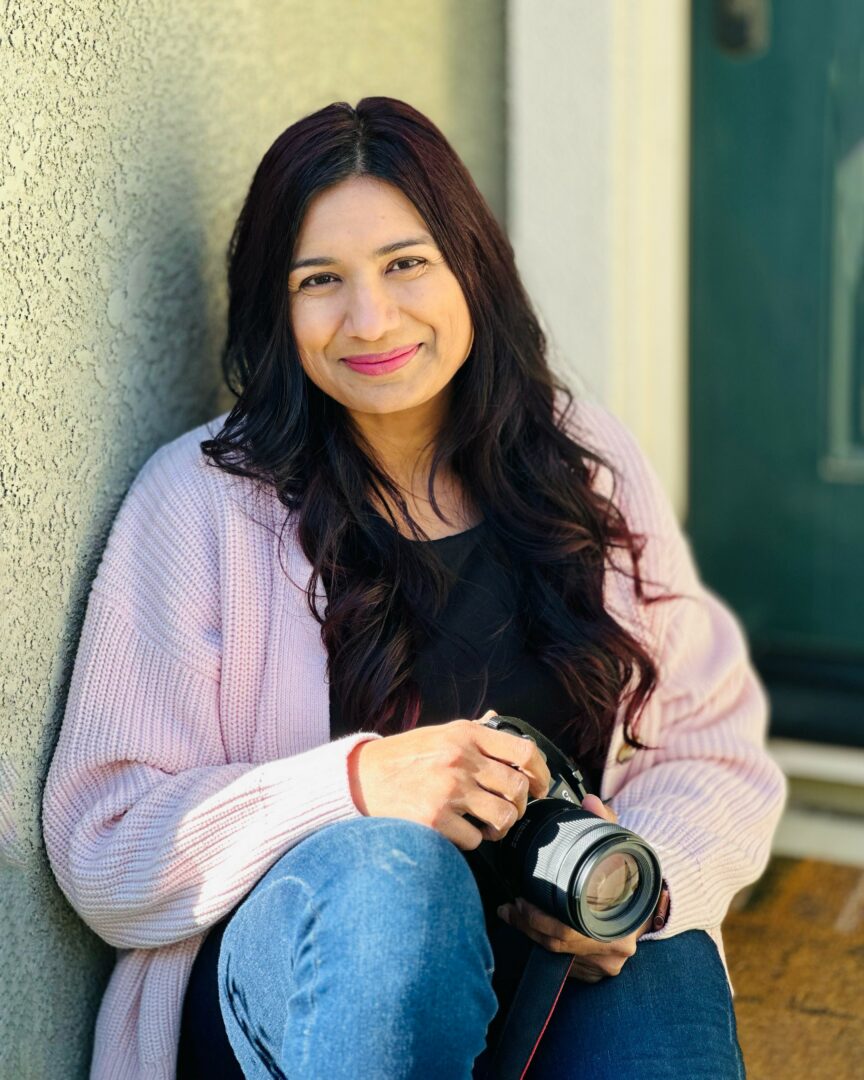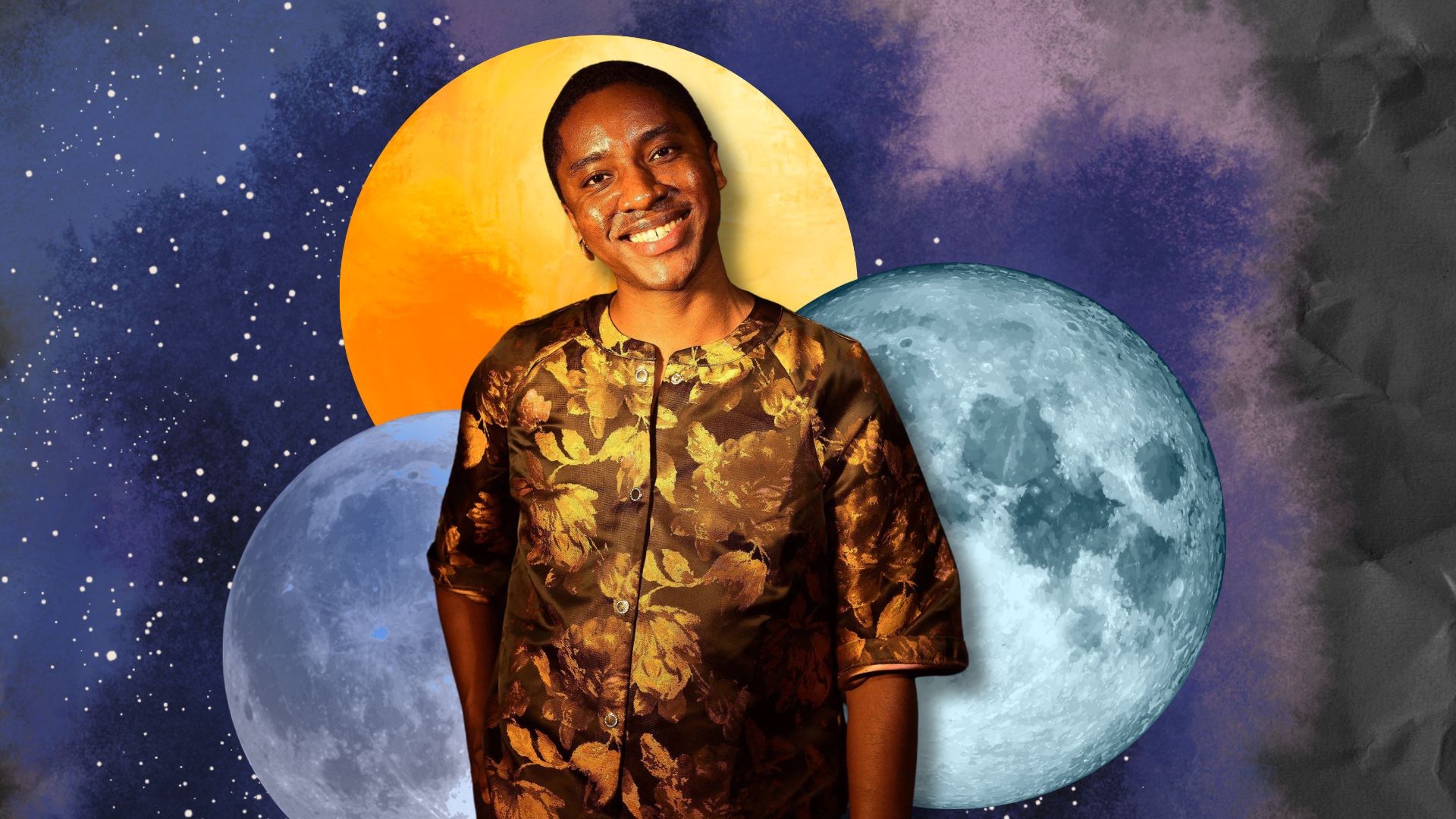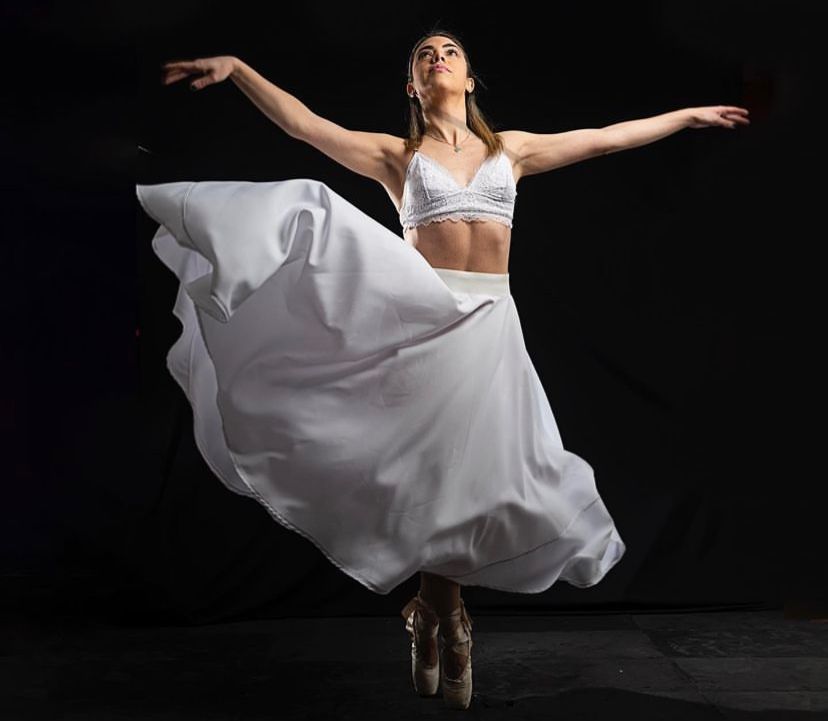Alright – so today we’ve got the honor of introducing you to Rashmi Kapoor. We think you’ll enjoy our conversation, we’ve shared it below.
Rashmi, first a big thank you for taking the time to share your thoughts and insights with us today. I’m sure many of our readers will benefit from your wisdom, and one of the areas where we think your insight might be most helpful is related to imposter syndrome. Imposter syndrome is holding so many people back from reaching their true and highest potential and so we’d love to hear about your journey and how you overcame imposter syndrome.
Imposter syndrome is something I’ve definitely faced as a photographer. For me, it often pops up when I compare myself to others or feel like I wasn’t “good enough” for a certain project or client. The funny thing about photography is there’s no real “right” way to do it. Everyone has their own style and approach, but I have to remind myself that my unique perspective is what makes my work valuable.
What helped me overcome imposter syndrome was focusing on my progress, not perfection. I looked back at where I started and saw how far I’d come, and that built my confidence. The more I shot, the more comfortable I became with my style. Surrounding myself with supportive people who encouraged me also played a huge role. They reminded me that self-doubt is normal, but it doesn’t define my worth or abilities.
Now, when imposter syndrome creeps in, I try to reframe it as a sign that I’m stepping outside of my comfort zone, which usually means growth is happening. It’s a journey, but I’ve learned to trust my instincts more and lean into the discomfort, knowing that it’s all part of the process.

Let’s take a small detour – maybe you can share a bit about yourself before we dive back into some of the other questions we had for you?
I’m a food and product photographer based in Northern California with a deep love for all things photography, whether still or in motion. My journey began in 2019 when I picked up my first professional camera to shoot photos for my own CPG business., but what was initially a necessity quickly turned into a creative obsession. I soon made the leap to pursue photography full-time, closing my CPG business to focus entirely on capturing images.
What excites me most about food and product photography is the endless room for creativity—from colors and lighting to composition and editing, it’s a playground for imagination. The storytelling possibilities are limitless, and I’m always excited to take on new challenges.
Today, I work with food brands, CPG companies, restaurants, catering businesses, and more to create compelling photo and video content.
If you had to pick three qualities that are most important to develop, which three would you say matter most?
The three most impactful skills in my photography journey have been:
1. Understanding Light
– Light is the foundation of photography. It took a lot of experimentation to really get a feel for how different lighting setups work.
2. Composition and Storytelling
– Composition is about creating a visual flow that tells a story and draws people into the image. Learning how to frame shots, use space effectively, and guide the viewer’s eye made my work much stronger and more intentional.
3. Understanding Customer Needs
– Knowing how to interpret and deliver on client needs is just as important as your technical skills. It’s about more than just taking good photos; you need to understand the brand, the target audience, and the message behind the shoot. Communicating clearly with clients and translating their vision into visual content is what makes a successful project.
For beginners, I recommend staying curious and continually practicing. Each of these areas takes time to develop, but the more you shoot, experiment, and communicate with clients, the faster you’ll grow. Focus on learning, take on challenges, and embrace feedback along the way.
Is there a particular challenge you are currently facing?
One of the biggest challenges I’m facing in running my photography business is balancing the creative side with the business and administrative tasks. As much as I love shooting and editing photos, and working with clients, things like marketing, bookkeeping, invoicing, and managing client communication can be overwhelming and time-consuming. To overcome this, I’ve shifted my focus to quality over quantity, taking on projects that align with my creative goals and the type of clients I want to work with. This approach helps me dedicate more time to each project, ensuring I deliver my best work without feeling overwhelmed. To improve efficiency, I am working on streamlining my workflows for both shooting and post-productionIn an increasingly saturated market, standing out has become more important than ever. To do this, I’m honing in on my niche and investing in personal branding, showcasing my unique style and expertise in food and product photography to attract the right clients. I’ve also made a point to set clearer boundaries between work and personal time, which helps me stay productive and avoid burnout, a key factor for long-term success.
Contact Info:
- Website: www.thecrimsonlens.com
- Instagram: https://www.instagram.com/thecrimsonlens/
- Facebook: https://www.facebook.com/thecrimsonlensphotos
- Linkedin: https://www.linkedin.com/in/rashmi-kapoor/
Image Credits
Rashmi Kapoor @ The Crimson lens




